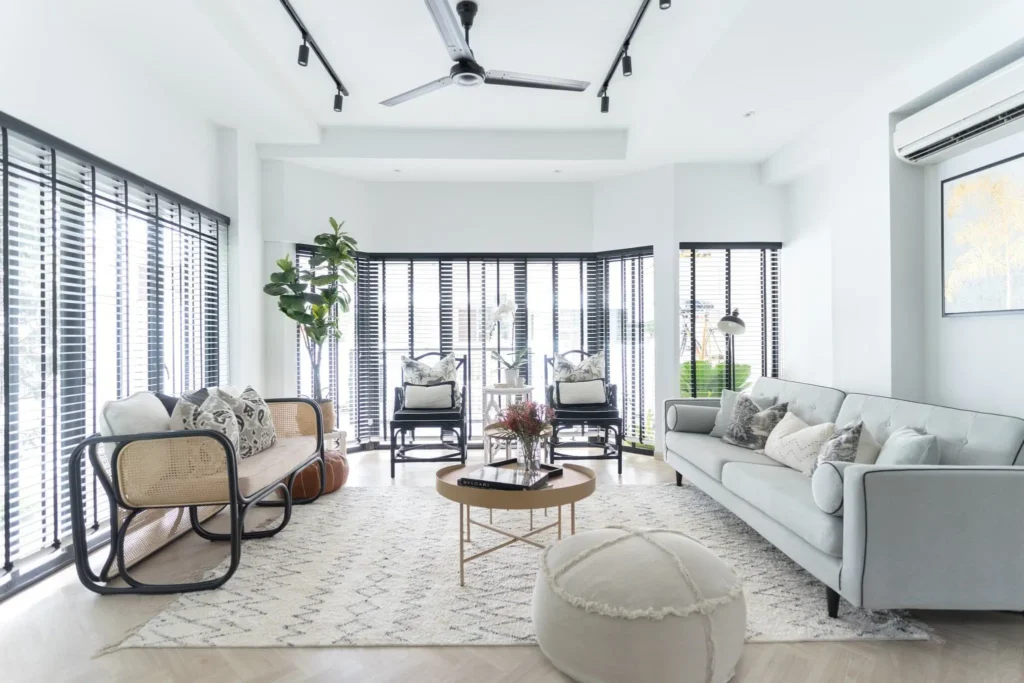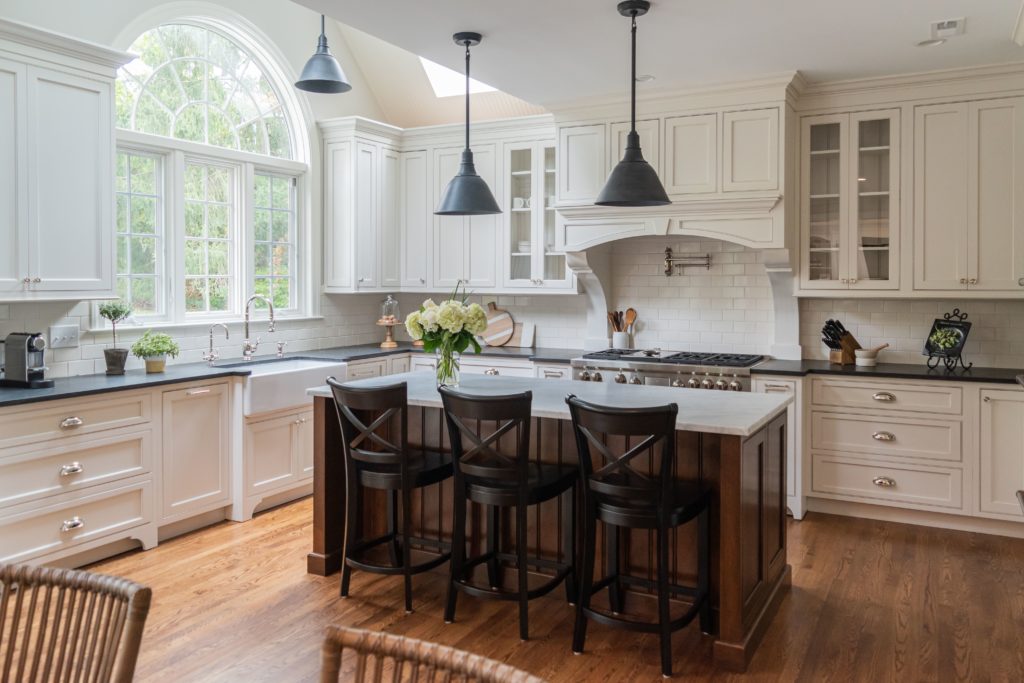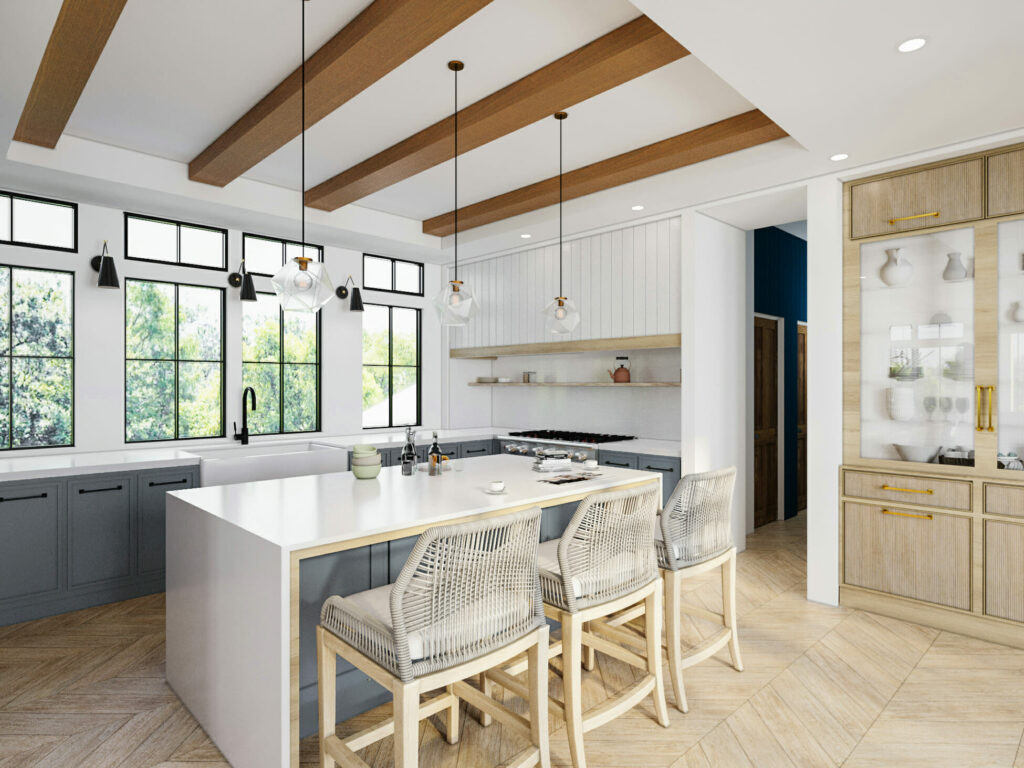There’s something undeniably special about a classic home interior. Whether you’re renovating a cozy bungalow or furnishing a brand-new build, classic design offers a blend of sophistication and comfort that never goes out of style. With its emphasis on symmetry, natural materials, and thoughtful detail, this timeless approach creates spaces that feel refined yet inviting.
In this guide, we’ll walk through the essentials of classic interior design, show how it compares to modern trends, and offer practical tips to bring this enduring style into your home—no matter your budget.

What Is a Classic Home Interior?
A classic interior is rooted in the architectural and decorative traditions of 17th to 19th-century Europe. It’s characterized by symmetry, proportion, and a love of craftsmanship. Think of rooms that feel balanced and composed, with architectural features like crown molding, elegant furniture, and a warm, neutral palette.
Core Elements of Classic Design:
- Neutral tones – Shades like cream, taupe, warm whites, and soft grays set a calm, timeless backdrop.
- Architectural details – Crown moldings, wainscoting, and tray ceilings add dimension and polish.
- Elegant furniture – Curved lines, carved wood, and rich upholstery create a sense of sophistication.
- Natural materials – Wood, marble, brass, and linen bring warmth and texture.
- Refined lighting – Chandeliers, sconces, and table lamps help layer light and add charm.
- Decorative accents – Mirrors, framed artwork, and antique pieces lend character and depth.
As Elle Decor notes, classic design works well across a variety of spaces—formal or casual—because it’s all about balance and beauty.
Must-Have Features of a Classic Interior
You don’t need a grand estate to embrace classic style. Here’s how to infuse your home with timeless elegance:
1. Architectural Touches
- Crown molding and detailed trim
- Arched doorways or alcoves
- Coffered or tray ceilings
2. Traditional Furnishings
- Chesterfield sofas and wingback chairs
- Solid wood dining tables
- Cabriole or turned legs on side tables and dressers
3. Balanced Color Scheme
- Use a mix of warm neutrals as a base
- Add soft pastels or deep jewel tones for contrast
4. Harmonious Layout
- Arrange furniture symmetrically around a focal point like a fireplace or bay window
- Avoid clutter—classic design thrives on clarity and intention
5. Thoughtful Texture and Pattern
- Choose damask, floral, or striped fabrics
- Incorporate velvet, leather, wood grain, and linen for tactile variety

Classic vs. Modern Interior Styles
Here’s how classic interiors compare to their modern counterparts:
| Feature | Classic Interior | Modern Interior |
|---|---|---|
| Colors | Warm neutrals, soft pastels | Monochrome, bold contrasts |
| Furniture | Ornate, carved, curved silhouettes | Sleek, functional, straight lines |
| Materials | Wood, marble, brass, linen | Glass, metal, concrete, synthetics |
| Layout | Symmetrical, room-defined | Open-plan, flexible |
| Lighting | Chandeliers, sconces, lamps | Recessed, pendant, minimalist fixtures |
| Decor Style | Layered and detailed | Minimalist and sparse |
| Timelessness | Very high | Varies by trend |
Architectural Digest offers more insight into how these styles serve different lifestyles and aesthetics.
How to Get the Classic Look on a Budget
Classic doesn’t have to mean costly. Try these easy upgrades:
- Paint and trim – Start with neutral wall colors and add prefab crown molding for architectural depth.
- Shop secondhand – Estate sales and antique markets are great places to find timeless furniture.
- Dress your windows – Floor-length curtains in velvet or linen instantly elevate a room.
- Add mirrors – Choose gold or wood-framed mirrors to reflect light and add elegance.
- Layer your lighting – Use a mix of table lamps, sconces, and an eye-catching chandelier.
Popular Classic Interior Styles
| Style | Signature Features | Great For |
|---|---|---|
| Neoclassical | Columns, gold accents, Greek influences | Formal living and dining rooms |
| Victorian | Ornate furniture, dark woods, heavy drapery | Studies, parlors, formal lounges |
| French Country | Weathered finishes, florals, rustic charm | Kitchens, sunrooms, bedrooms |
| Colonial Revival | Simple lines, symmetry, Shaker influence | Entire home, especially traditional builds |
FAQ: Classic Home Interiors
What’s the difference between traditional and classic design?
Classic design draws directly from European heritage and emphasizes symmetry and proportion. Traditional design is a broader term that can include regional and American interpretations.
Can I mix classic and modern styles?
Absolutely. This is called transitional design, and it blends the warmth of classic forms with the simplicity of modern finishes.
Is classic interior design outdated?
Not at all. It’s one of the few styles that consistently retains its appeal over time, especially in high-end real estate.
What are the best materials to use?
Stick to high-quality natural materials like hardwood, marble, brass, linen, and wool for an authentic and long-lasting feel.
Where can I find design inspiration?
Great sources include:
- Veranda
- Traditional Home
- House Beautiful

Final Thoughts
Classic home interiors offer more than just visual beauty—they bring a sense of history, comfort, and longevity to your space. Whether you’re restoring a vintage home or building something new, leaning into classic design ensures a look that will stay stylish and welcoming for decades to come.
Ready to start your design journey? Begin with the basics: clean lines, quality materials, and a love for timeless details.
